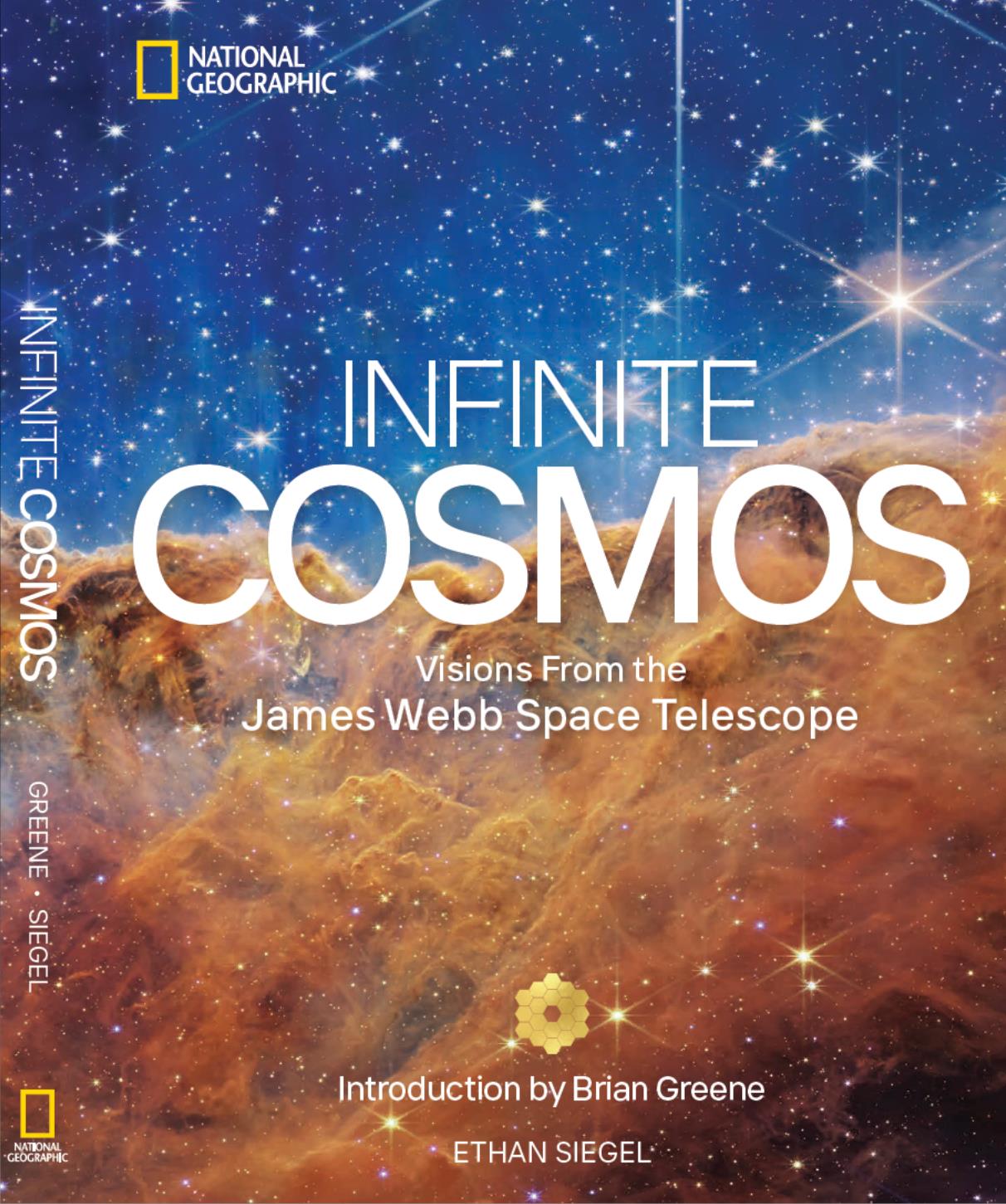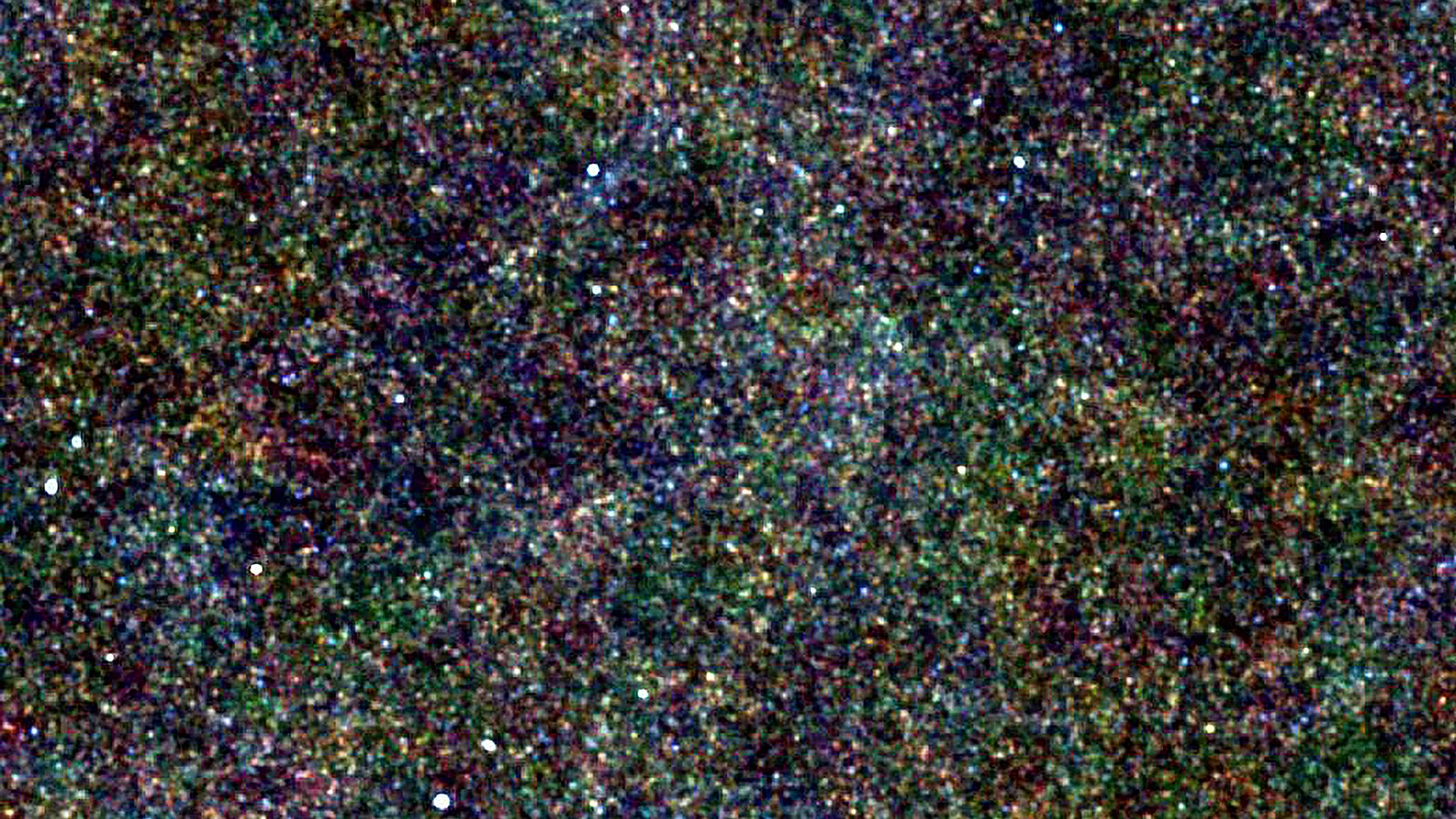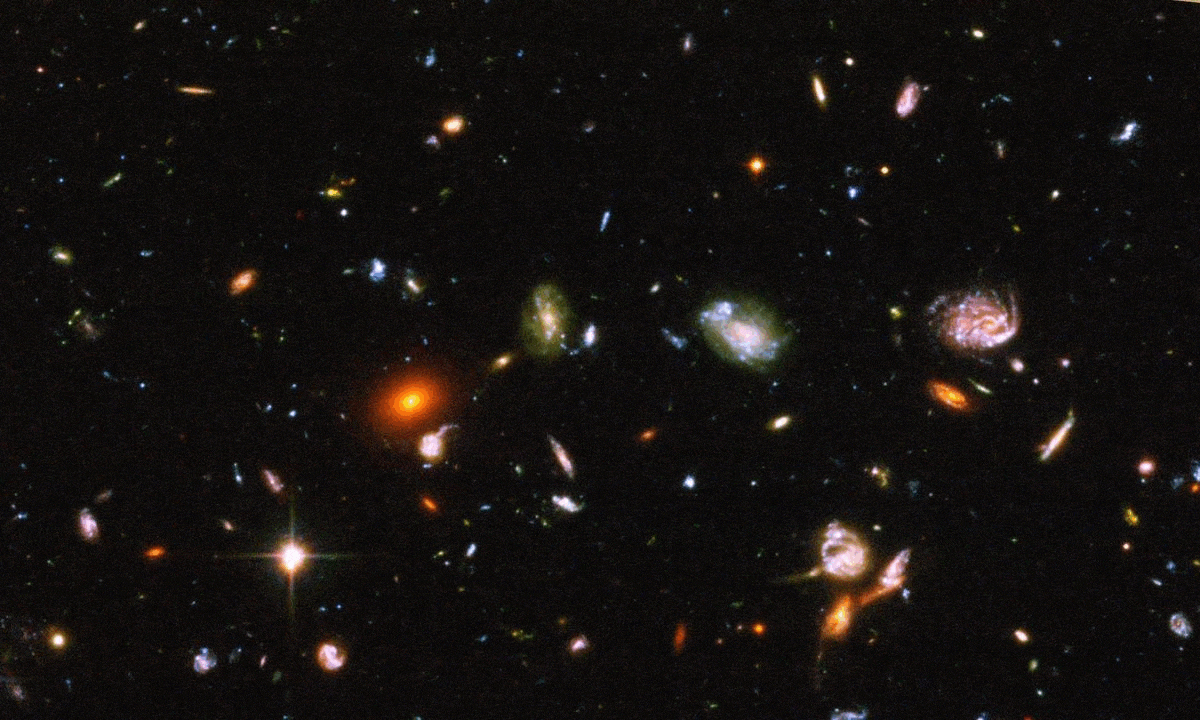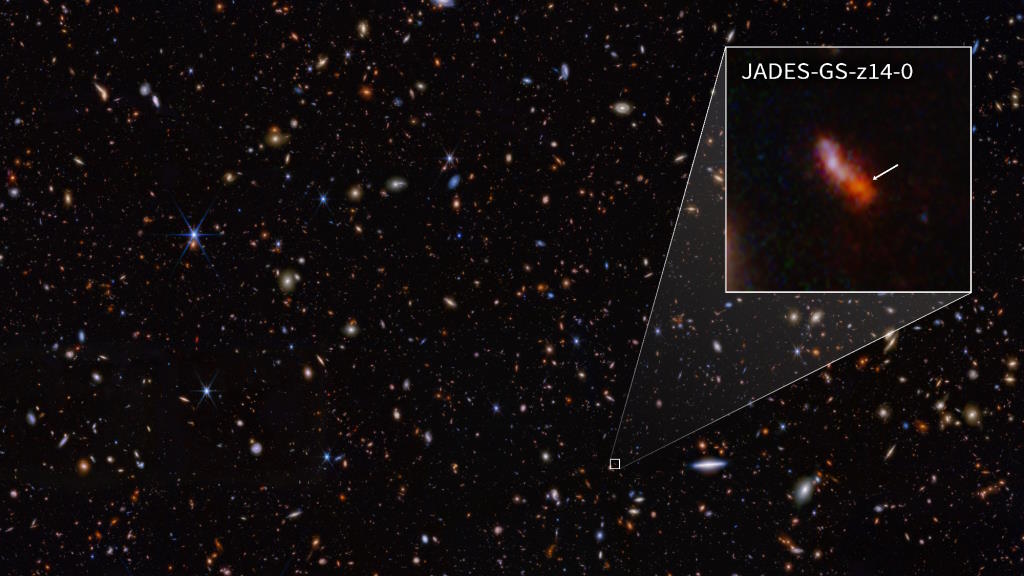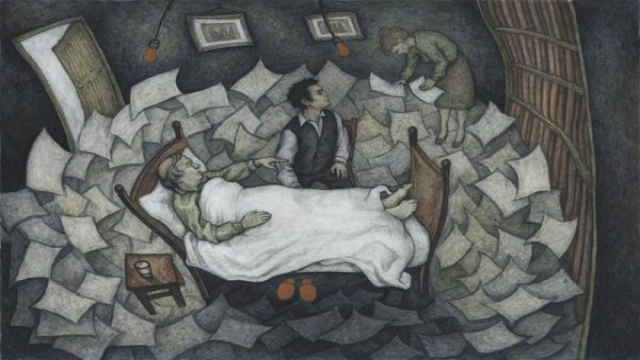Hubble Unveils Dark Matter-Rich Ghost Galaxies
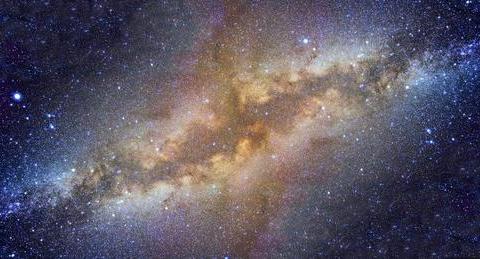
What’s the Latest Development?
The Hubble Space Telescope has unveiled a series of faint galaxies in our Milky Way’s cosmic neighborhood, helping scientists resolve apparent inconsistencies in how the Universe has aged. Having barely changed over 13 billion years, the galaxies are fossils of the early Universe and are thought to be some of the tiniest, oldest, and most pristine galaxies to exist. “These galaxies are all ancient and they’re all the same age, so you know something came down like a guillotine and turned off the star formation at the same time in these galaxies,” said Tom Brown of the Space Telescope Science Institute in Baltimore.
What’s the Big Idea?
Cosmologist believe that a process called reionisation, which marked a transitional period in the early Universe, shut down star-making factories in tiny galaxies. “In this period, which began in the first billion years after the Big Bang, radiation from the first stars knocked electrons off primeval hydrogen atoms, ionising the Universe’s cool hydrogen gas.” As further proof of their early origins, the recently-found ultra-faint galaxies are composed by a quantity of dark matter that outweighs ordinary matter by at least a factor of 100, whereas normal dwarf galaxies around the Milky Way have just a 10 to 1 ratio of dark matter to ordinary matter.
Photo credit: Shutterstock.com

